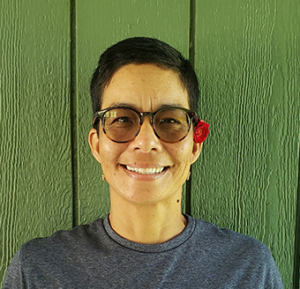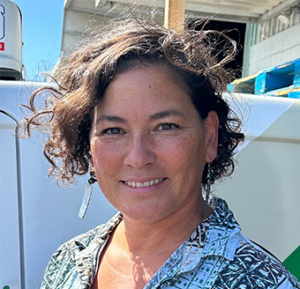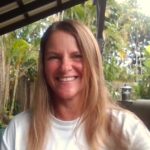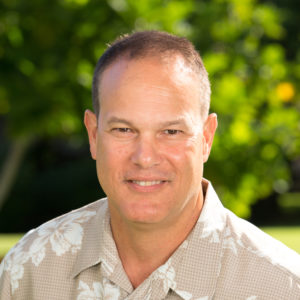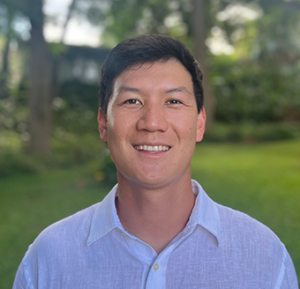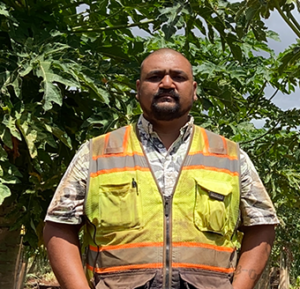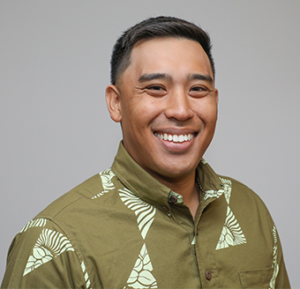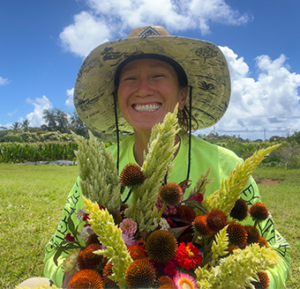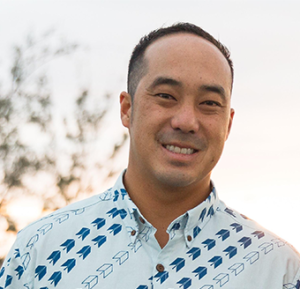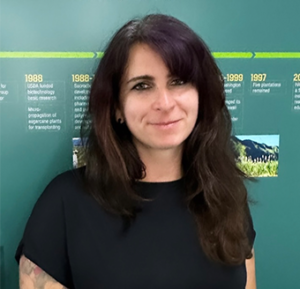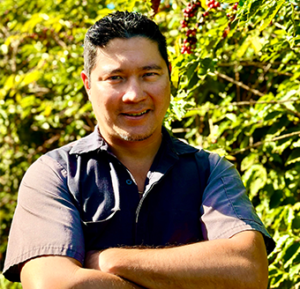“Build biology, build biology, build biology! And be willing to give to receive.”
A few of the many words from Bobby Pahia that struck a chord with me while visiting Hoaloha Farms in Waikapu on our first stop of day 4. Bobby’s spirit was full of Aloha and as he told his story his wisdom showered down upon us all. It was impressive to see his approach to growing dry land Kalo in a very windy area of Waikapu. The soils had been through decades of pineapple production so Bobby’s first steps towards success were to build soil biology.
He did this with some support from NRCS and planted a cover crop of sun hemp which helped to aerate the compacted soils, fix nitrogen, build microbial life, and suppress invasive weeds. He did this with some assistance from NRCS and planted sunn hemp. The cover crop helped to aerate the compacted soils, fix nitrogen, build microbial life, and suppress invasive weeds. After 50-60 days, the sunn hemp was incorporated back into the soil.
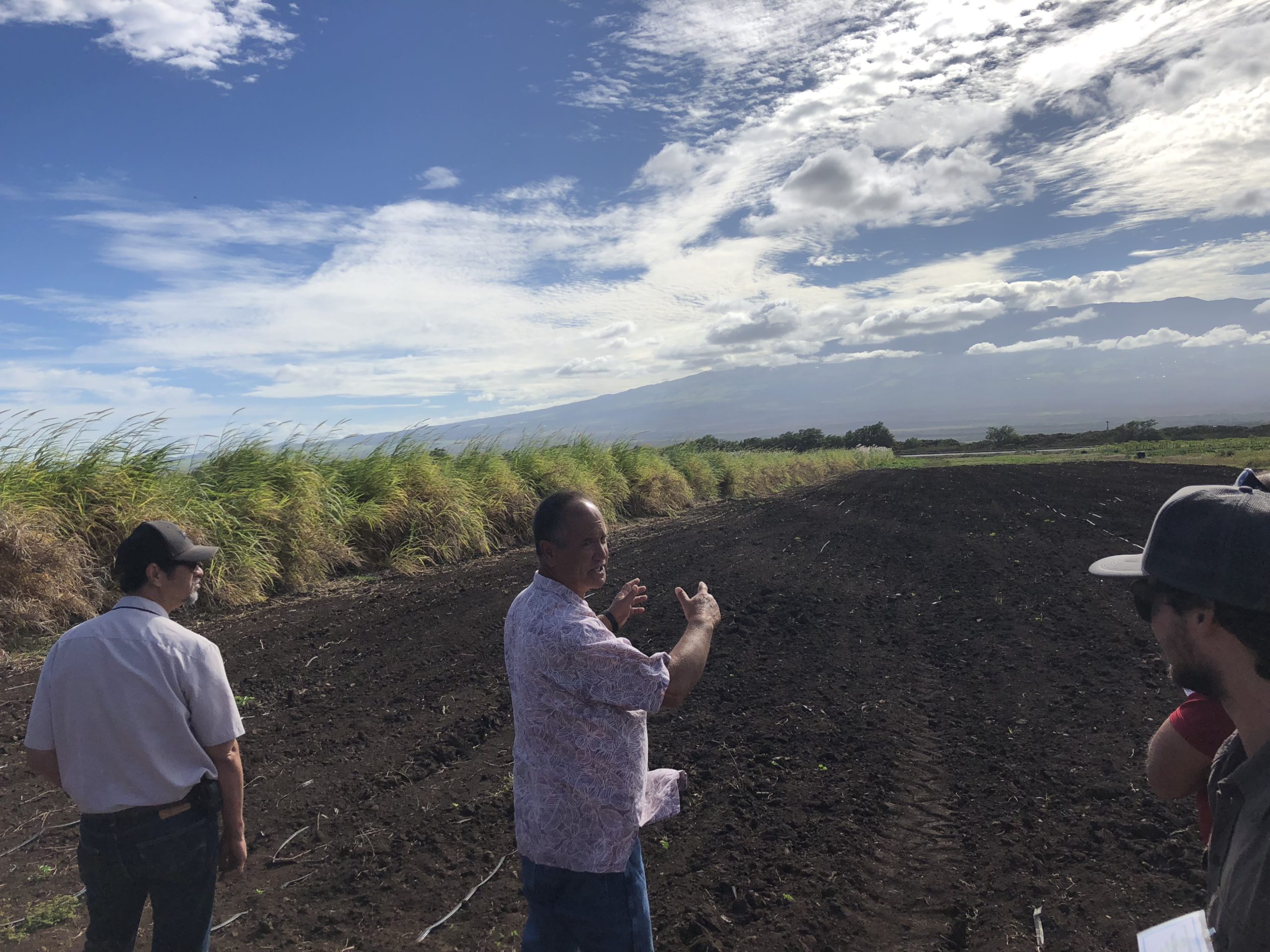
He placed importance on planning ahead. Addressing the wind sector is a must and he had several strategies for that. Pahia found that a bana grass hedge acts as a quick defense against the wind and can provide Kalo a nice advantage in some of the dry areas of Waikapu. Another all-star windbreak tree that has a nitrogen fixing root system and can provide ample green manure is Gliricidia. Bananas are another quick growing windbreak with a tasty end product as well.
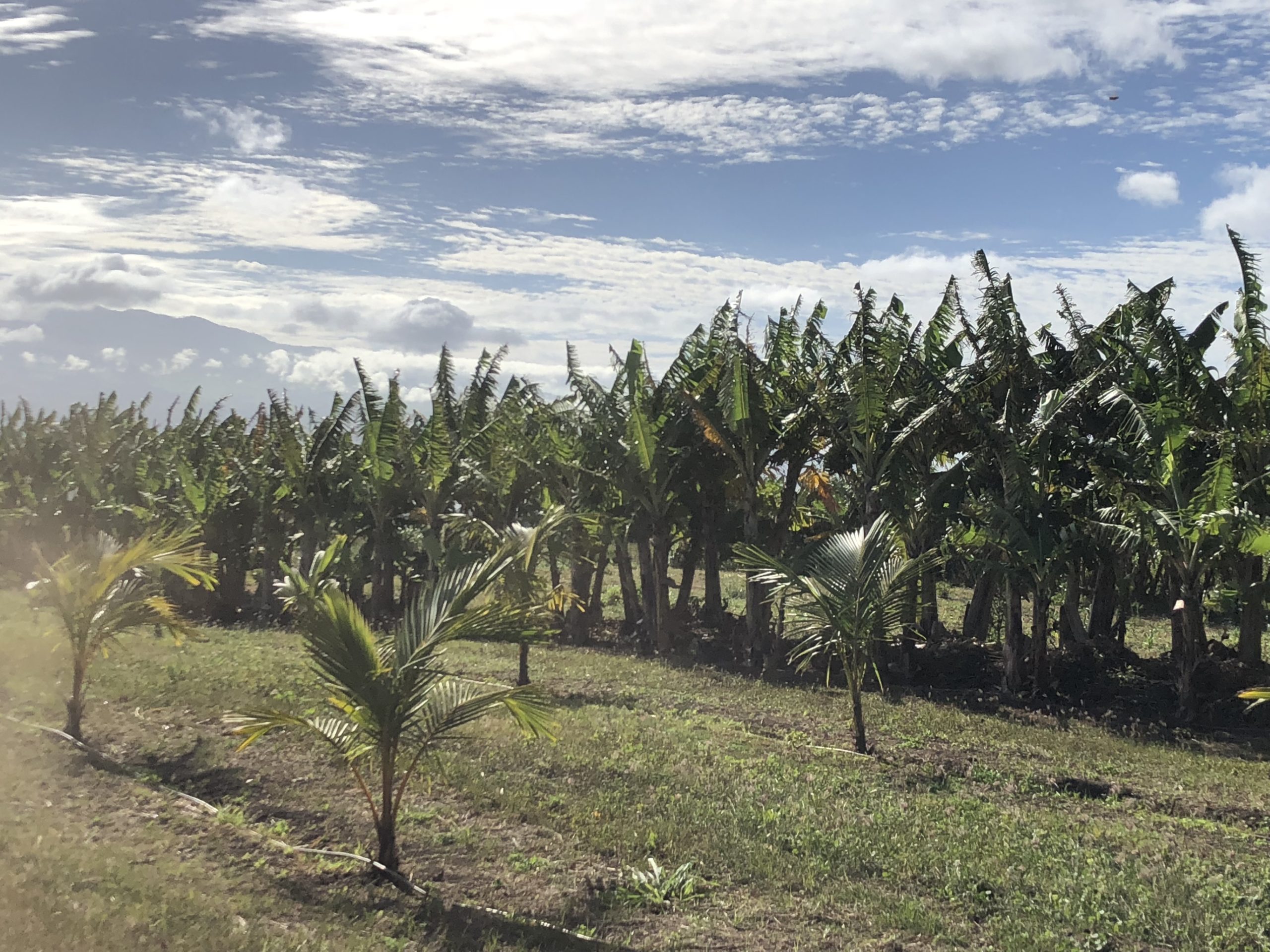
Korean Natural Farming is another key technique in revitalizing the soils and providing his plants with nutrients needed to fight off pests and grow strong without the use of synthetic fertilizers or pesticides.
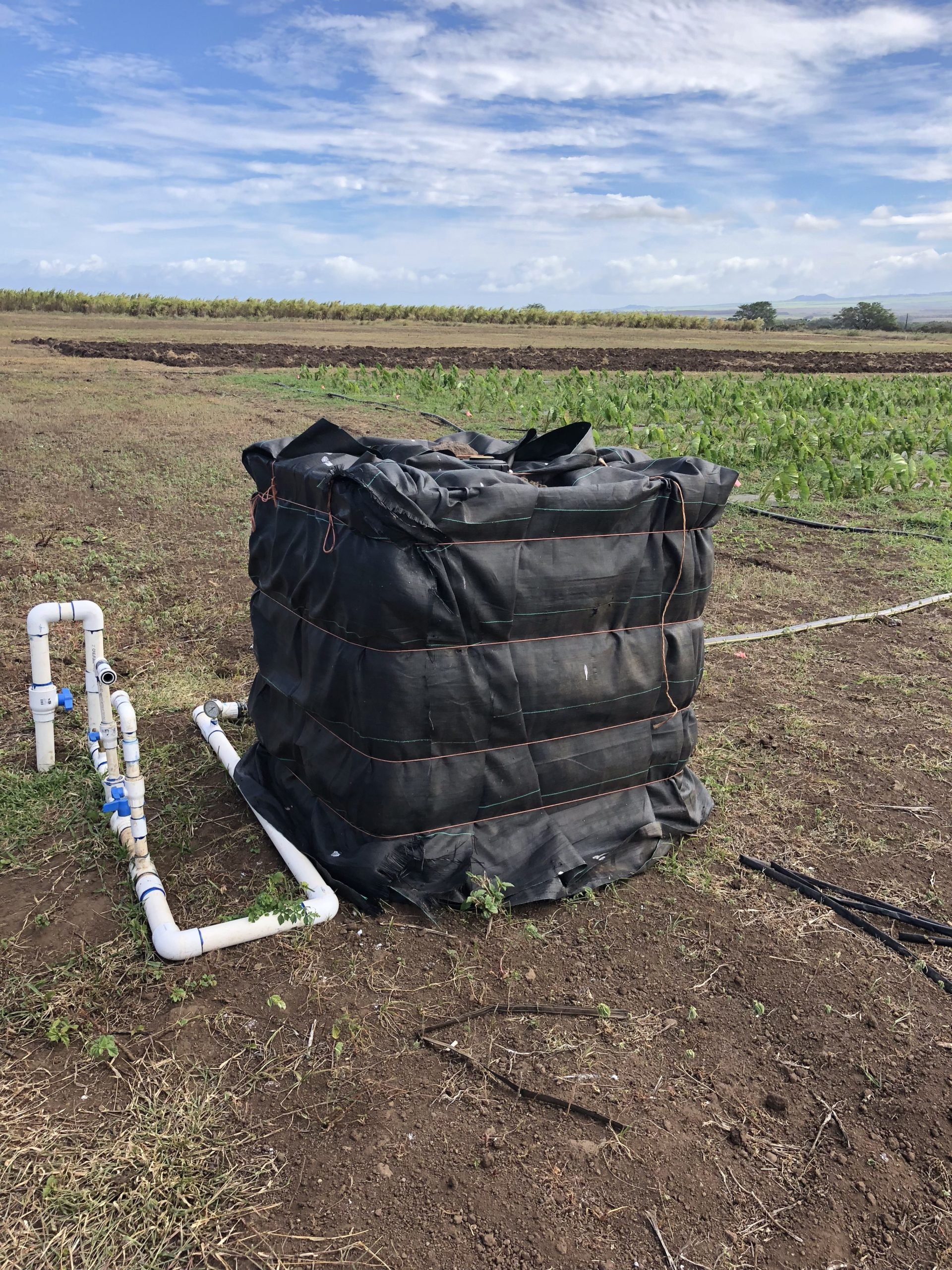
Throughout his years of hard work giving back to the land, building relationships, and supporting the community of farmers around him he’s developed a successful business where’s able to support his family and share his abundance with others.
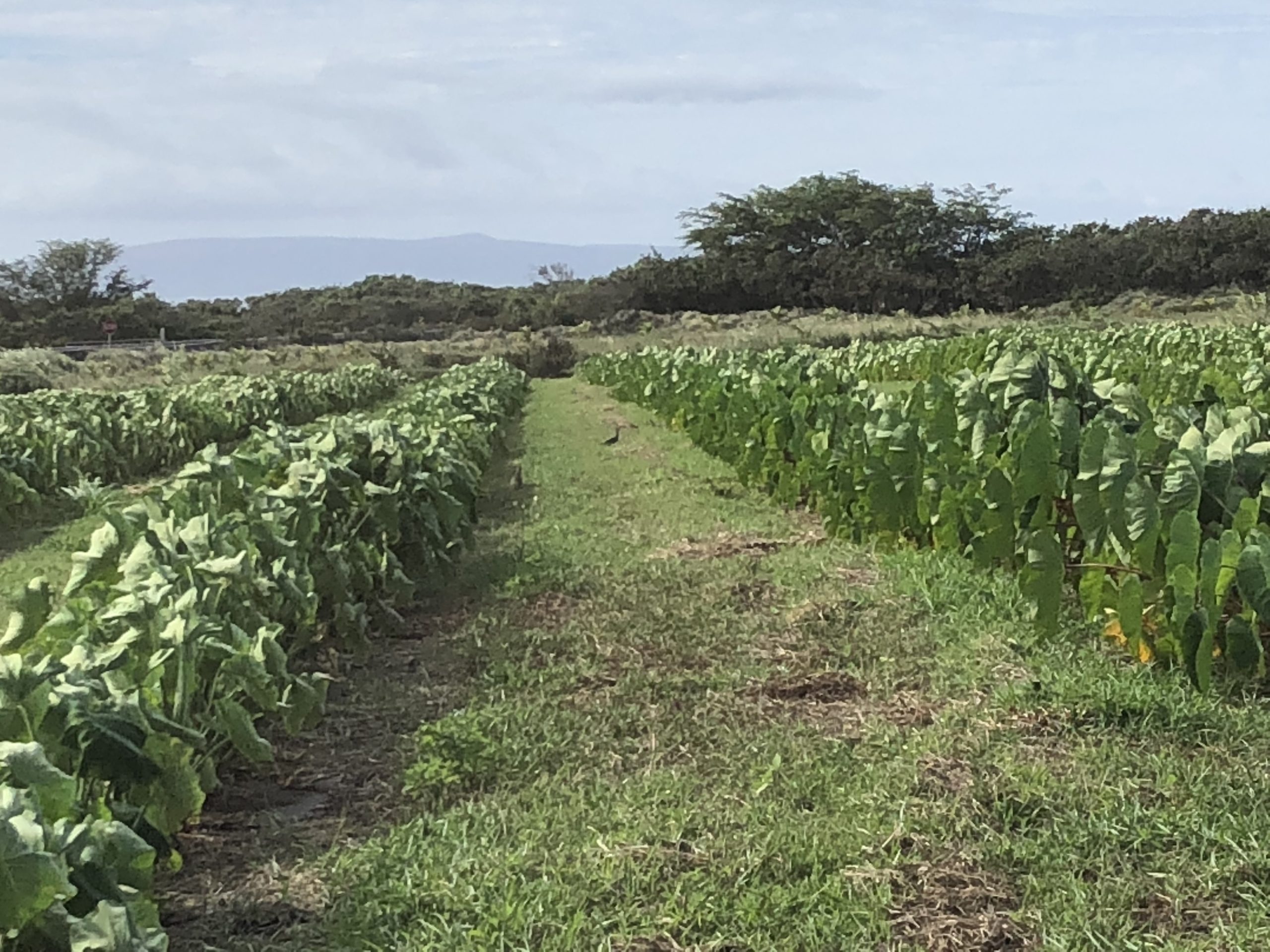
The second half of the day we attended a session by M’Randa R. Sandlin. Prior to the session, we took a DISC assessment. We then used the results to delve into a behavioral analysis for leadership success.
DISC is meant to measure your observable behavior, your silent language, and is not meant to label or declare your traits as good or bad.
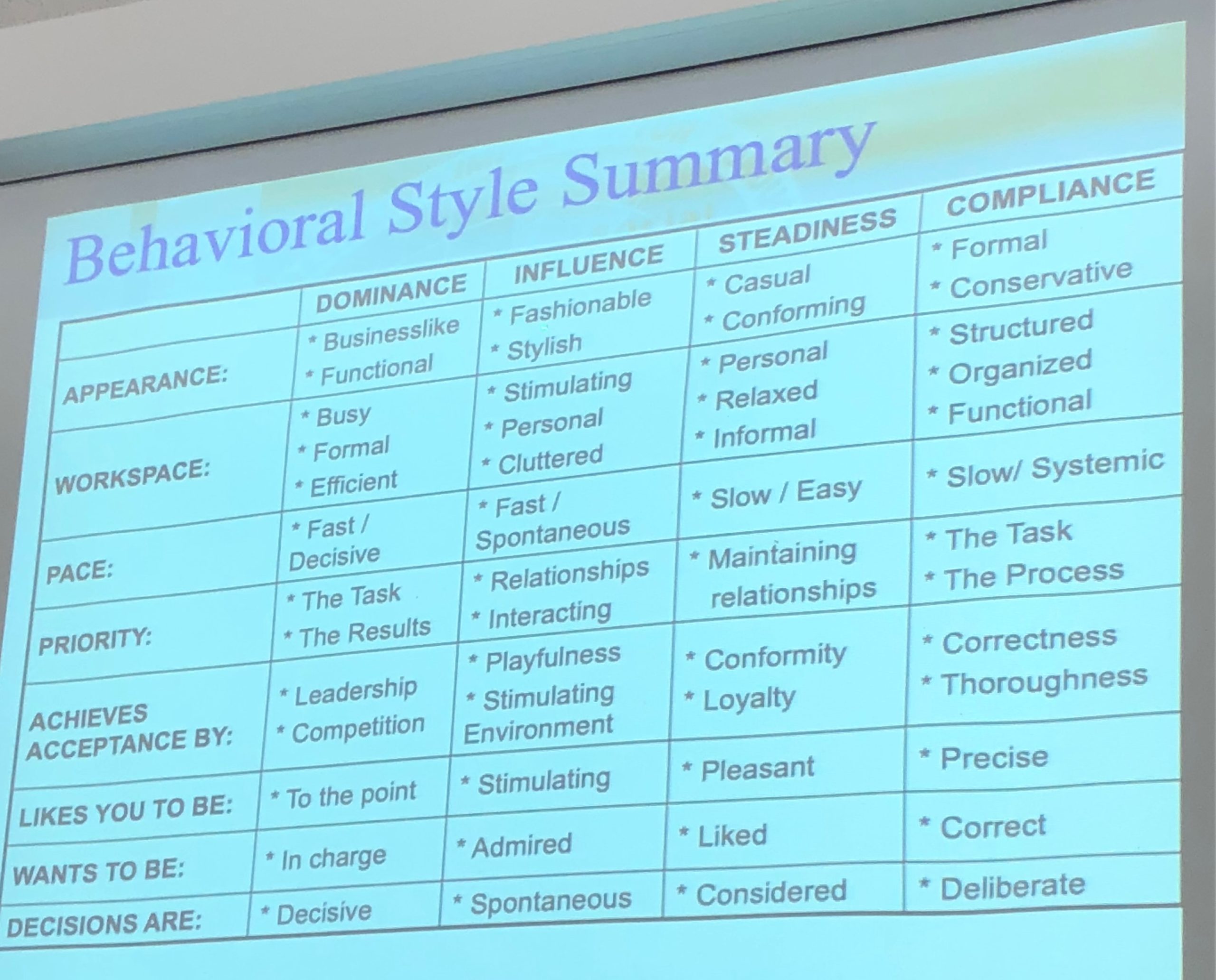
A very high level view of DISC can be summarized as:
D-dominance. Sets your own pace and structure. Strong confident leader.
I- influencer. Social butterfly good at spreading ideas, communicating, and can be manipulative.
S- steadier. Friendly, accommodating , supportive. Can be insecure. Unassertive.
C- compliant. Researchers and accountants. Ask for permission not forgiveness. Critical, become defensive. Afraid of being in trouble
One of my favorite parts of the session was a group competition game we played. It involved locating numbers on each side of a sheet paper. Each team member was given a role. After several rounds of playing, we were able to improve our speed and finally accomplish the goal. It was fun engaging with everyone’s different strengths and I loved the playful competition.
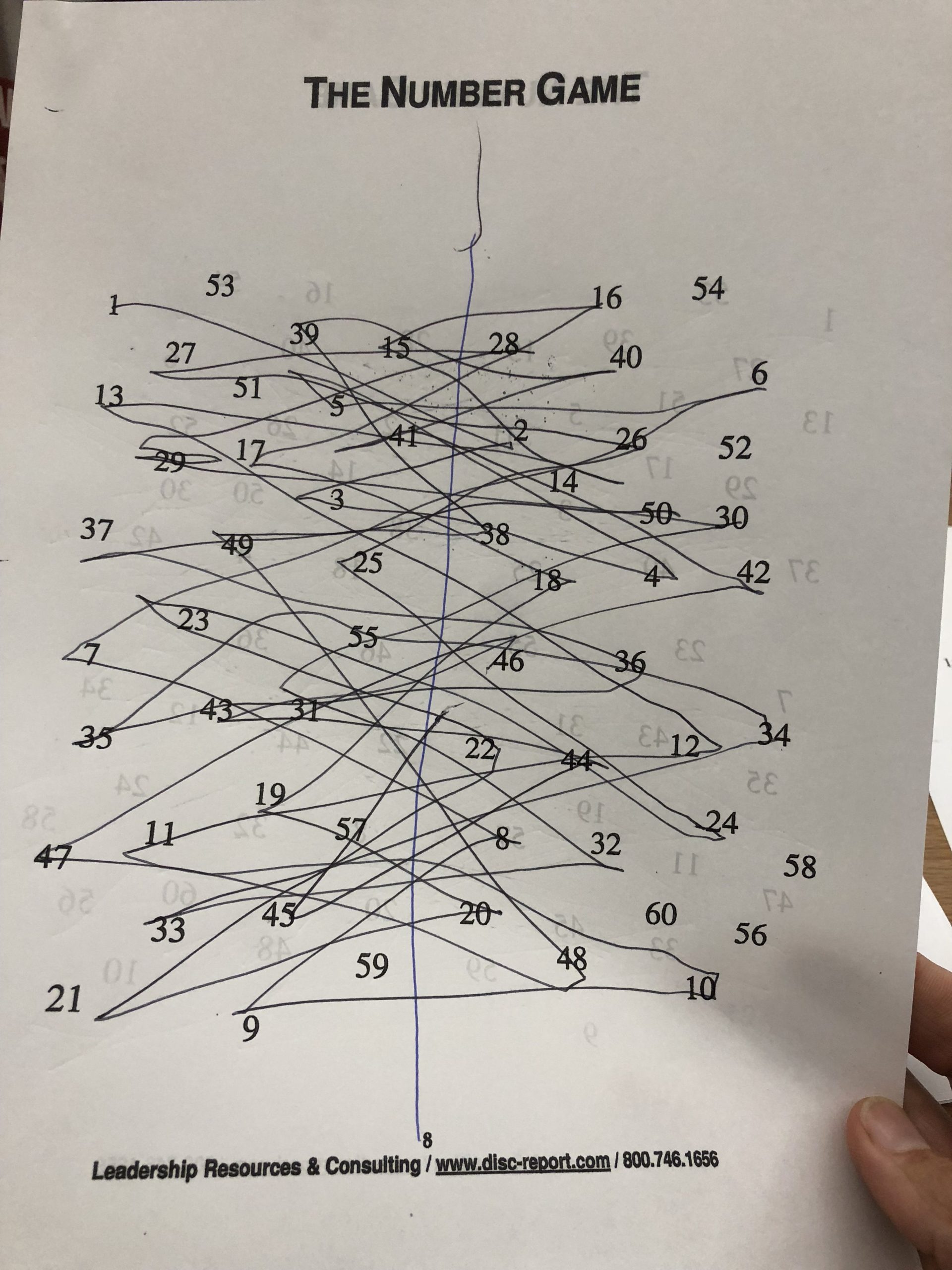
Two takeaways from the session were (1) gaining more perspective on which people I tend to work best and (2) becoming more aware of how to recognize someone else’s behaviors and understanding different ways to adapt my communication to work better with them.

